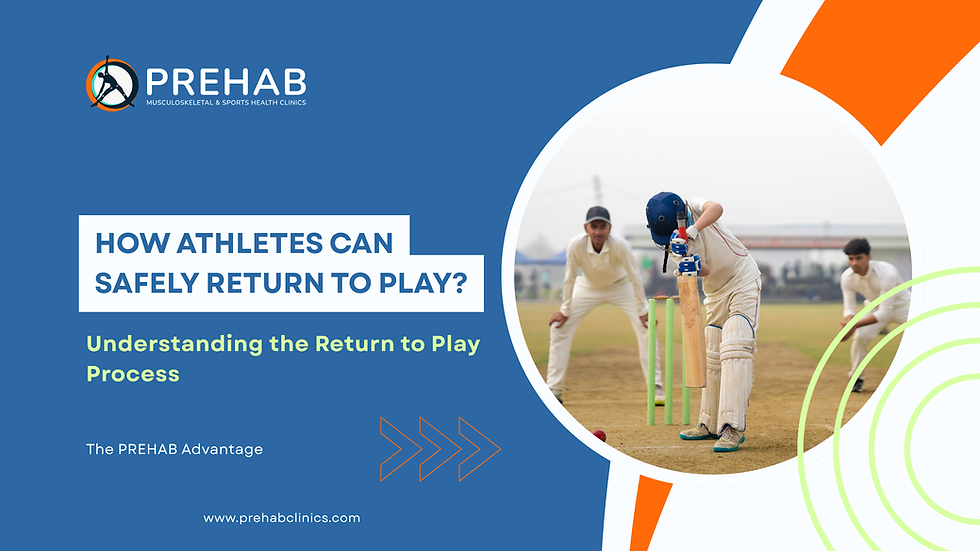PILATES & YOUR HEALTH
- Prehab Healthcare
- Feb 21
- 2 min read
From Injury Recovery to Everyday Wellness
Hemashree K, Sports Physio
1. What is Pilates exercise training?
Pilates is a low-intensity, high-repetition exercise method that focuses on core muscles strength, posture, and controlled movements to support daily function and enhance athletic performance. It combines precise movements with controlled breathing to improve stability, alignment, and generalized muscle strength. Pilates exercises can be performed on a mat or using specialized equipment like the Reformer, which provides progressive resistance for more skillful and coordinated training.

2. When can you consider Pilates exercises, & who can practice?
Pilates is suitable for all stages of life, helping to counteract the effects of a sedentary lifestyle, aging, and daily stress. It improves overall body posture, enhances movement efficiency, and boosts energy levels. Regular practice strengthens the core muscles, prevents generalized muscle weakness, and promotes pain-free movement while aiding in injury prevention and pain recovery.
You can consider Pilates for:
· Neck/back pain & injury recovery
· Postural issues
· Post spine surgery recovery
· Pregnancy & after delivery
· General fitness & injury prevention
· Athletic performance
3. How does Pilates help with low back pain and recovery after spine surgery?
Pilates primarily focuses on achieving and maintaining a neutral spine through deep core muscle activation. A neutral spine minimizes stress and strain, promoting faster healing and reducing the risk of recurrence. Reformer-based Pilates exercises enhance stability in the neutral position, which is crucial for managing low back pain and post-surgical recovery. When guided by a skilled sports physiotherapist, Pilates serves as a safe and effective rehabilitation tool tailored to individual needs.

4. Why is Pilates beneficial during pregnancy & after delivery?
Pilates strengthens core muscles, supporting the added weight during pregnancy and reducing back pain. It emphasizes alignment, helping to alleviate discomfort associated with postural changes. Additionally, Pilates promotes deep, mindful breathing, which can be beneficial during labour and delivery.
After childbirth, Pilates aids in restoring pelvic floor muscle strength, reducing the risk of incontinence, and supporting the recovery of abdominal separation (diastasis recti). It also boosts energy levels, enhances mood, and promotes overall well-being during the postpartum period.

5. How long should you do Pilates to see results?
The timeline for seeing results from Pilates depends on consistency, goals, and physical condition. Injury recovery typically shows progress within 6 to 8 weeks with three 45-minute sessions per week. Pregnant women can safely practice Pilates during the second and third trimesters, while postpartum recovery varies, often improving within 8 months to a year. For overall fitness, regular practice enhances strength, posture, and mobility over time.
For appointment call: 8867205650 or
Email: contact@prehabclinics.com



Comments